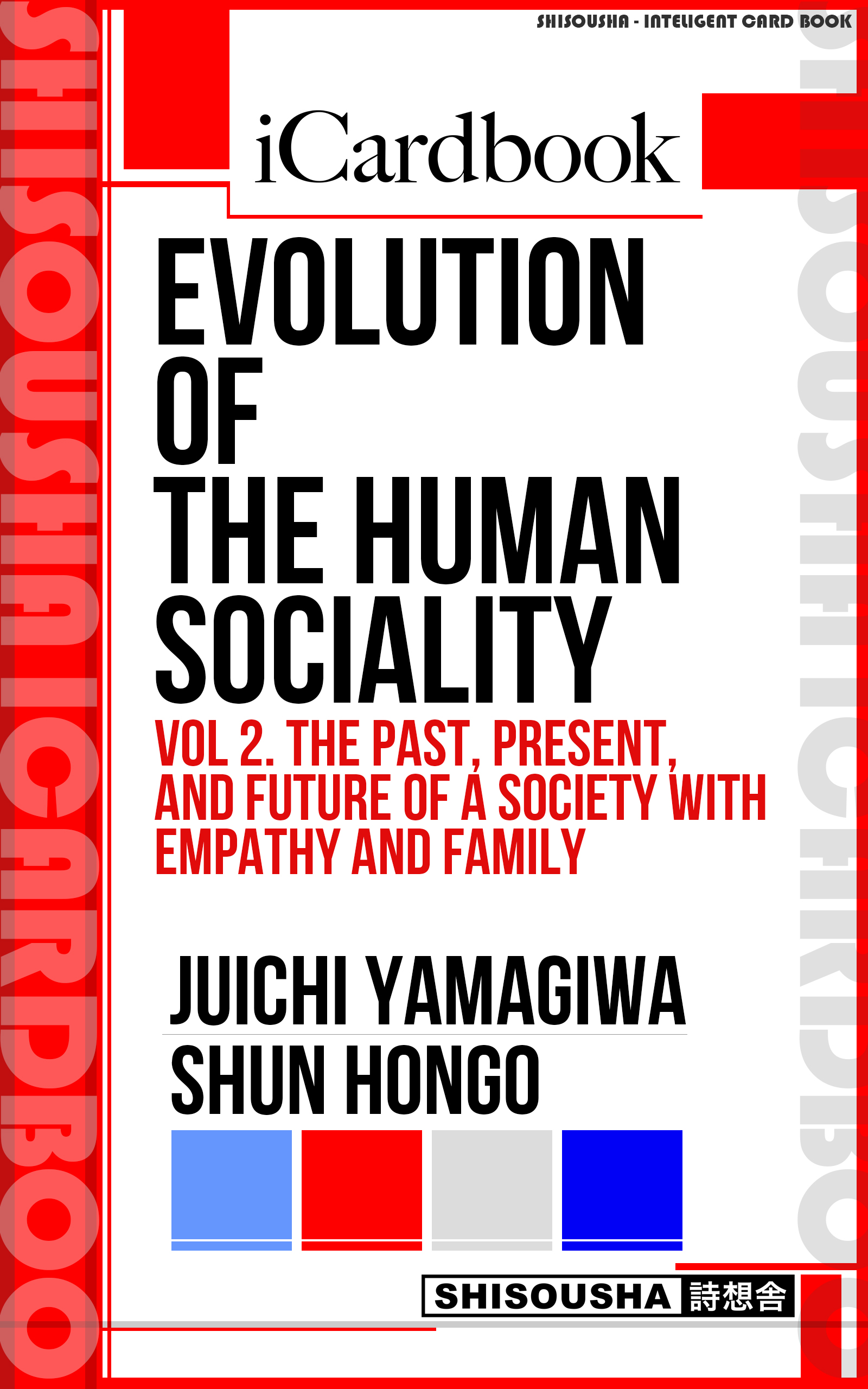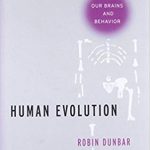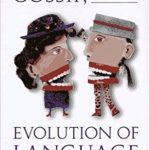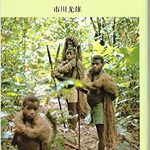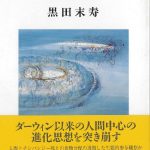As mentioned above, according to the social brain hypothesis, the human neocortical ratio and brain volume increased as the group population size increased. Applying this hypothesis to the brain volume of fossilized humans, we can calculate the average group population size in each era.
It is estimated from brain size that, Homo habilis, who lived approximately two million years ago, formed groups averaging 50 individuals, and modern humans (Homo sapiens) form groups of approximately 150 individuals. Interestingly, the average size of a modern non-food-producing hunter-gatherer band is about 150 individuals. This is called the “magic number.” It is thought that humans lived in groups of this size before they started farming and stockbreeding.
■References (Books, papers, Web articles, etc.)
Grooming, Gossip, and the Evolution of Language Robin Dunbar Harvard University Press; First Paperback edition (October 1, 1998)
『森の狩猟民——ムブティ・ピグミーの生活』 市川光雄 (人文書院、1982)
Related iCards: Why did encephalization occur? (Vol 2.)
★If you interested in this text, please have the following ebook at hand. For that, Click on the URL below.
https://society-zero.com/icardbook/012/index.html
★This article is a piece of "knowledge card" that makes up iCardbook, "Evolution of Human Sociality(Juichi Yamagiwa, Shun Hongo)"
iCardbook, a card-type specialized book that organizes “Knowledge Cards” is a new form of book in the smartphone age.
■iCardbook Benefits:Good value for reading
・you can read it quickly in your pocket of time, e.g. commuting
・You can immediately understand the "drawing " in the author's head
・Amazon Prime members can read for free
◎About iCardbook(english)
https://society-zero.com/icard/icardbookenglish
◎About iCardbook(japanese)
https://society-zero.com/chienotane/archives/5067
■The References list of “Evolution of Human Sociality”
